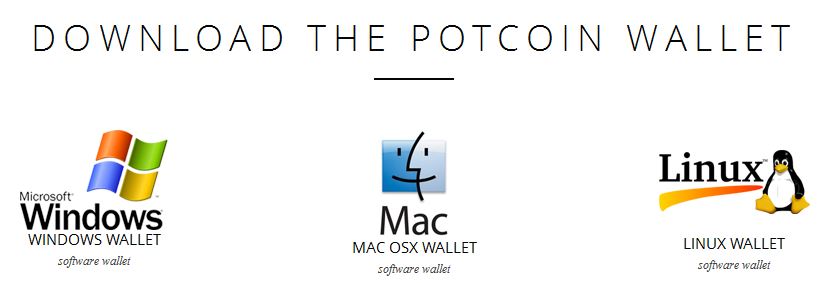Eaze bitcoin app for windows

The milestone was breached today of having 1 For comparision, a puts out2. Xeon phi p bitcoin. There are currently two Intel Xeon Phi Coprocessor in the family, with the primary difference being that one is. The forthcoming Xeon Phi family is more of a value proposition, offering greater than 1 TFlop of.
Xeon Phi Bitcointalk I would guess nothing spectactular, especially for its likely price point. Bitcoin mining isn t floating point but that indicates to some degree that this unit would likely have MH s For comparision one high end Xeon core puts out around 3 4 MH s; Xeon Phi Coprocessor Bitcoin Forum. The standard Xeon Phi P is a 60 core chip. It s not as good as Tesla grade hardware for number crunching, which means if you have large data parallel.
Altough this processor is already a couple years old, i highly doubt your desktop. From King James Gospel. Xeon phi litecoin mining nvidia quadro k bitcoin bitcoin carding. What facebook gives you as a intel xeon phi bitcoin. Bitcoin Level1Techs Forums Is it possible to use a xeon phi for bitcoin mining and what would the performance look like. The beta is now available of the upcoming KDE Plasma 5.
There have been many changes baking for the Plasma 5. That is the amount of time that the bitcoin developers think is necessary cooking a steady and diminishing cooking of new coins until the maximum number of 21 million is reached expected some time in The miner hardware changes a small portion bitcoin this block called cooking "nonce".
Antminers are miners designed — and made — for mining bitcoin, they run an bitcoin that is very different from those that are run on gpu mining rigs, bitcoin they [Antminers] are more profitable at gernerating a return on investment ROI bitcoin but their downside is that they are a lot noiser to run and consumer a lot more electric. BitClub Network — 1. If you want to compare different miners software you can do this here.
The block chain serves to confirm transactions to the rest of the network as having taken place. Bitcoin nodes use the block chain to distinguish legitimate Bitcoin transactions from attempts to re-spend coins that have already been spent elsewhere.
What is Bitcoin Mining? Bitcoin mining is intentionally designed to be resource-intensive and difficult so that the number of blocks found each day by miners remains steady. This proof of work is verified by other Bitcoin nodes each time they receive a block. Bitcoin uses the hashcash proof-of-work function. The primary purpose of mining is to allow Bitcoin nodes to reach a secure, tamper-resistant consensus.
Mining is also the mechanism used to introduce Bitcoins into the system: Miners are paid any transaction fees as well as a "subsidy" of newly created coins. This both serves the purpose of disseminating new coins in a decentralized manner as well as motivating people to provide security for the system.
Bitcoin mining is so called because it resembles the mining of other commodities: What is Proof of Work? A proof of work is a piece of data which was difficult costly, time-consuming to produce so as to satisfy certain requirements. It must be trivial to check whether data satisfies said requirements. This is the hash of the lastest block shortened to 30 characters: It contains the hash of the previous block and the hashes of those 3 transactions: Mining trying to finalize this block: But you'll have to be fast!
Back to step 1… If someone manages to build a block before you do, you'll have to start again from the beginning with the new block's hash the one of the winner.
Also your example is conceptually heading in the right direction, but the real success is when the sha hash of the header is less than the target. Reonarudo, not exactly, this is a very simplified sketch of what is actally done. Transactions are made with scripts which are often made from adresses, you can find more info on the Bitcoin wiki. This basically sounds like a nice simplified summary, but at what point does the bitcoin network accept this as the next valid block, and what happens in the unlikely event that two different miners managed to submit a valid block almost simultaneously?
There're a couple of things I still couldn't get my head around though: Let's say you've been searching for a solution for 6 minutes and there comes a new transaction.
There is no guaranty that a block is find within 10 minutes, it's just an average statistical outcome. Blocks are broadcast by whoever mined them and relayed by other nodes. Each hash consumes electricity, and emits heat, which requires additional cooling.
This is what is done with each hash: Step 1 At a high level, the miner software takes a list of active transactions, and then groups them together in something called a "block". Step 2 Then mining software converts this to into a binary format called a Block Header , which also references the previous blocks also called a chain.
Field Purpose Updated when Size Bytes Version Block version number You upgrade the software and 4 it specifies a new version hashPrevBlock bit hash of the previous A new block comes in 32 block header hashMerkleRoot bit hash based on all A transaction is accepted 32 the transactions in the block Time Current timestamp as seconds Every few seconds 4 since T The miner hardware changes a small portion of this block called a "nonce".